Wednesday 9th April 2025, Holly Banks SWT Reserve
Holly Banks was purchased by Shropshire Wildlife Trust with, as its website says, “two main aims: to show that this low-lying land could demonstrate alternative water management techniques helping to avoid flooding problems; and to help breeding lapwing. By slowing down the rush of water tumbling off the Welsh mountains, towns downstream may be spared some of the wretchedness of flooding, while wetland birds in the old floodplains where the rivers Severn and Vyrnwy meet might be given a chance of recovery.”
After several weeks of dry weather the site was, in the main, very dry, with a couple of pools and a few wetter areas.
What was noticeable, in view of its name, was the lack of Holly.
Clearly the presence of Holly was not a factor in naming the site!
The site consists of three fields.
The first is grassland surrounded on two sides by a substantial hedge.
Here is the field.
And here is some of the hedge.
Within the field, all on its own, is this oak, just bursting into leaf.
The second field is rougher grassland.
The third field is also rough grassland and, in areas, much wetter than the rest of the site.
It contains two pools.
Here is the first you come to.
The second, close by, is overlooked by a bird hide.
That’s the end of the guided tour.
Now its time for what happened and what we found.
After getting ready we had a short walk from the parked cars to the site. We had not got very far before someone noticed a distant Redstart in a tree.
Sorry no photograph of the bird, but it generated a lot of interest within the group.
Tearing ourselves away from the Redstart we entered the first field and immediately started searching the area around the hedgerow.
One thing we noticed straightaway was the abundance of Green Dock beetles.
Recently this very common beetle has been rather hard to find, so it was great to see them here. And, like the pair in the photograph, mostly busy making the next generation.
Another early find was the alder fly Sialis lutaria.
There are three British species of alder fly and they all look similar. It is necessary to examine their genital area to determine their species but they nearly always turn out to be this species!
Wandering around it was not possible to ignore the view and the prominence of Rodney’s Pillar in the distance.
Jutting out from the hedgerow was a dead tree trunk, covered in Cramp Balls (or King Alfred’s Cakes if you prefer).
A dandelion attracted a solitary bee, Andrena nitidula.
Overhead helicopters are a fact of wildlife recording, unfortunately. They seem to follow us around, perhaps they are closet entomologists! Normally, we try to ignore them, but this one drew attention due to its additional appendage.
Switching our attention back to the matters in hand we saw our first Cuckoo flower of the year.
We moved from the first field, fairly swiftly through the second, to the third field.
Here the damper conditions revealed it as a home to newts. Here is a Common newt.
A hillock to the side of this field had a bare area that was south facing. This was being used by nesting solitary bees.
And where you get nesting bees you also get other bees that wish to parasitise the nesting bee.
Here is one.
It is Nomada ferruginata.
This was an excellent find.
It was the first time it has been recorded in the county.
It is a scarce bee with scattered records from across England and Wales.
Nomada bees are kleptoparasites. They lay their eggs in the nests of the host bee then, when they hatch, their larva eat the food provided for the host’s larvae.
This species of Nomada has a single host, Andrena praecox.
Lunch was enjoyed overlooking the pools.
Lunch was interrupted by a flying damselfly.
It was tracked down and identified as a Large red.
We thought it was still very early to find this species of damselfly but enquiries revealed that the earliest date that a Large red had been found was 5th April.
After lunch we concentrated on exploring the third field.
We found a Slender groundhopper.
And a 2-spot ladybird.
As the day continued we found a pair of “peacock” beetles, named after, presumably, the rings on their elytra that resemble the pattern seen on a male Peacock’s tail.
The first was a Green-socks peacock.
And the second, a Copper peacock.
Here they are side by side for comparison.
By now the temperature of the day out in the sun was HOT and it began to take its toll.
It was time to relax.
Their reverie was interrupted briefly when someone must have dropped something leading to a quick search.
But then they were able to settle down again and discuss the topics of the day.
Time to trek back to the cars.
We did not go straight back but revisited the hillock where the Nomada had been found to see what was going on at the area being used by bees.
Then we wandered back to the cars and home.
My thanks to Shropshire Wildlife Trust for granting us permission to do what we enjoy doing and my gratitude to the photographers for their excellent images and allowing me to use them in this report.


















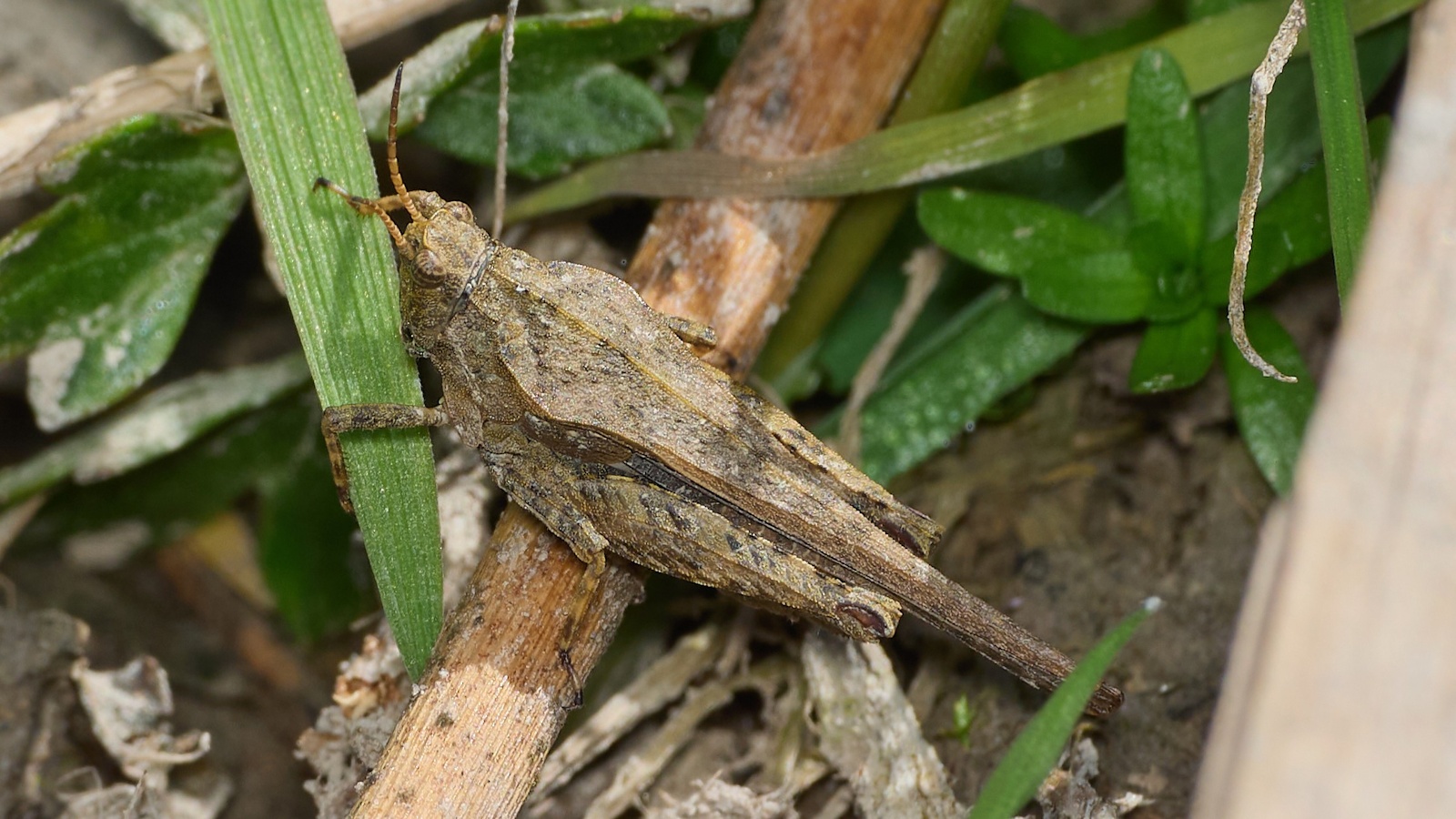











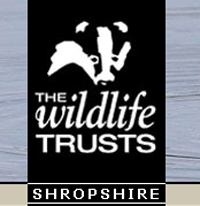

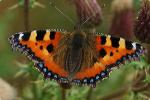




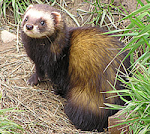

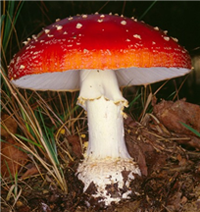





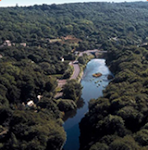






Some great finds, thanks for sharing. The reserve is looking lovely.
ReplyDelete